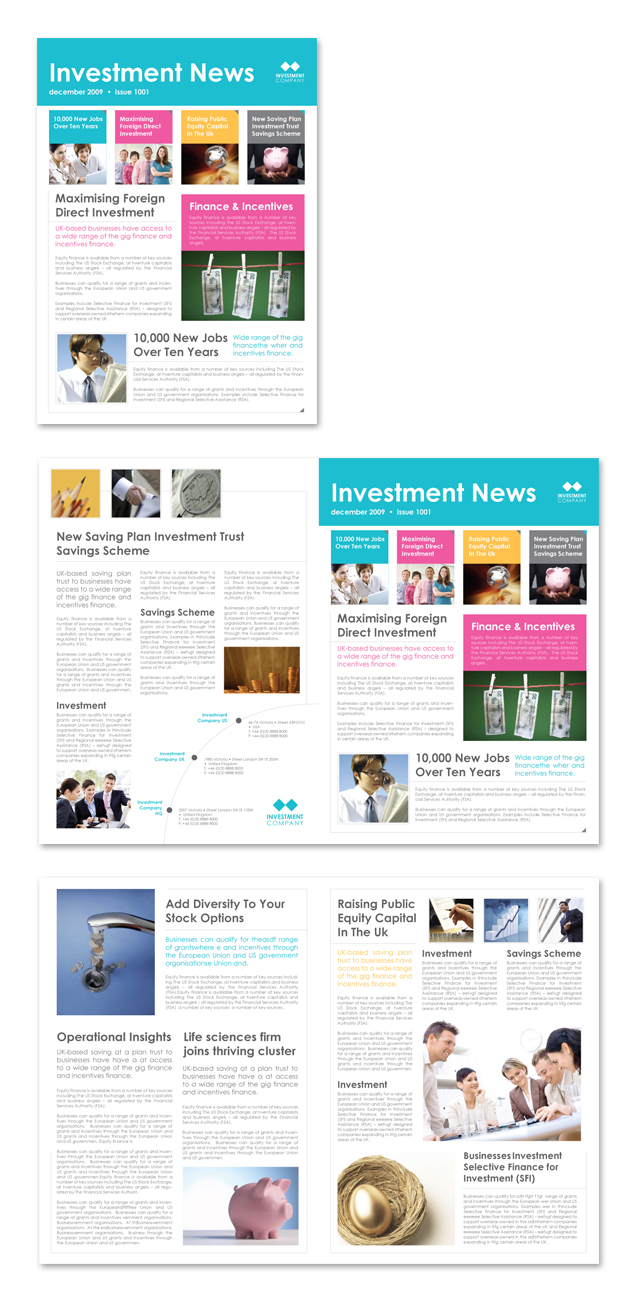
The bigger risk is getting bad investment ideas that could destroy your life savings. Picking the best investment newsletter can be very challenging and potentially cost thousands of dollars. How do you pick an investment newsletter? In recent years we have seen many automated and even AI-driven stock recommendation newsletters that provide stock picks daily. They won’t cover investment portfolio management or a mutual fund but may look at market trends. However, this type of service and the stock picks are more growth investing and risky. If you are looking for growth stocks, these can be the best investing services for you. Stock Pick Investment Newsletters: These types of investment newsletters focus on providing stock picks. You are not likely to beat the market but will get good advice on budgeting.
#INVESTMENT NEWSLETTERS FOR FREE#
Investors may find value in them, but most of the information they provide is extremely general and usually available for free on the Internet. Personal Finance & General Investing Newsletters: These types of investment newsletters are usually very general and contain more tips on personal finance than investing in the stock market. Investors that are seriously worried about an economic downturn should just hedge their portfolio by buying gold, consumer staple stocks like Clorox, or blue-chip dividend like Altria. They often promote Gold or some other kind of alternative investments which are often great to supplement a portfolio, just not your whole or even a large portion. Stock performance isĭoom and Gloom Investment Newsletters: These types of investment newsletters often pry on people’s emotions and political opinions. My personal opinion is to run away from these types of newsletters/software. They often promote penny stocks or pink sheet stocks that are very risky. Get Rich Stock Newsletters: These types of newsletters and alerts often tell investors about a specific stock or ETF that will have amazing returns. I believe there are several different types of “investment newsletters.” Here are my basic categories: Global Changes and Opportunities Report (GCOR)ĭifferent Types of Investment Newsletters

That is a winning combination.The invention and surge of the Internet made online investment available to average investors who started doing their own investing.

Still, it is worth noting that the advisers making it onto each year's honor roll on average over the subsequent 12 months went on to make 1.2 percentage points more a year than those who didn't, while nevertheless incurring 25% less risk, as measured by volatility of returns. The goal isn't to identify advisers who make the most money at all costs, but rather the ones whom risk-averse investors can live with through thick and thin. Those who focus on risky small-cap growth stocks, for example, are near the top of the performance rankings when the market is rising and near the bottom when the market is falling.

The remainder do well only when the market is going their way. …For the past dozen years, the Hulbert Financial Digest has constructed an annual honor roll of those services that performed better than the average adviser in both the up and down phases of the three previous market cycles.Ĭurrently, only 12 have done so.


 0 kommentar(er)
0 kommentar(er)
